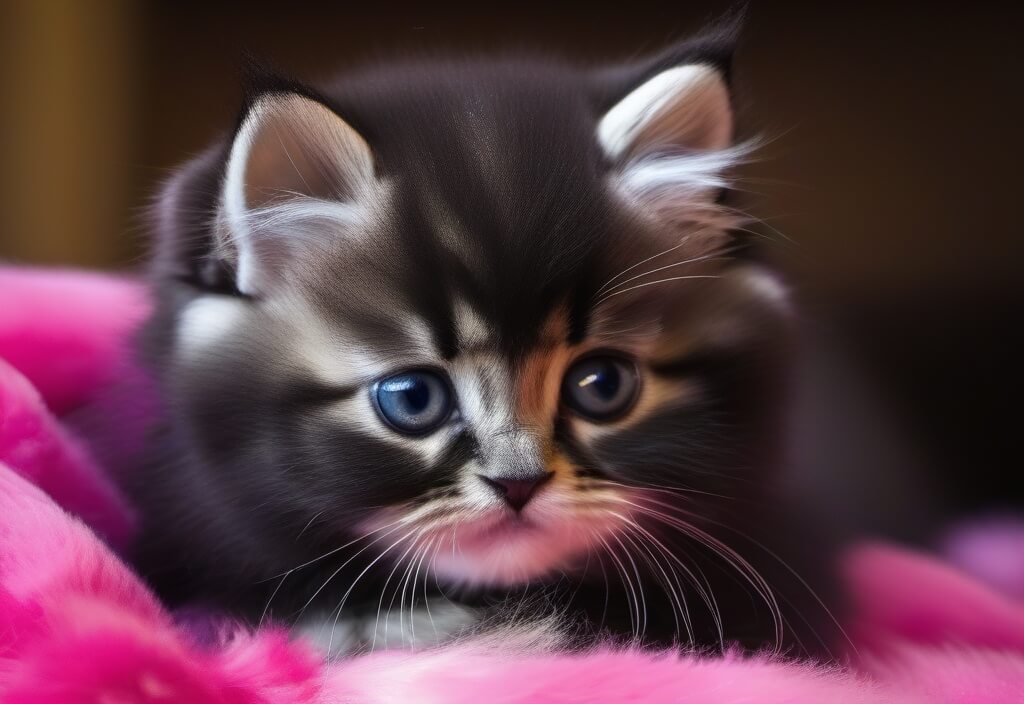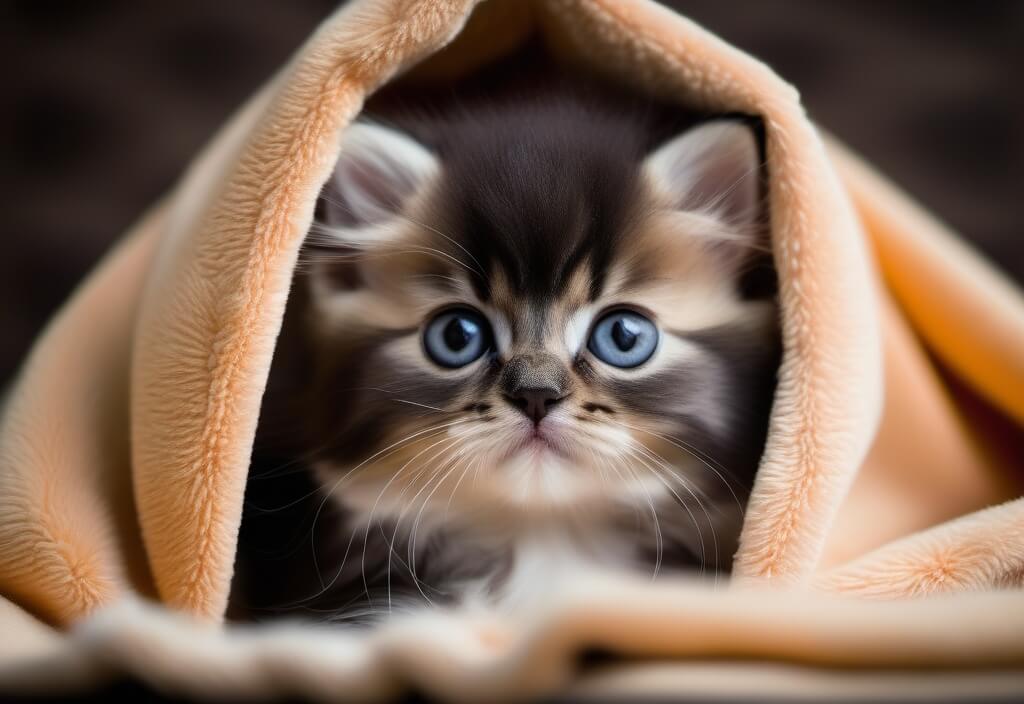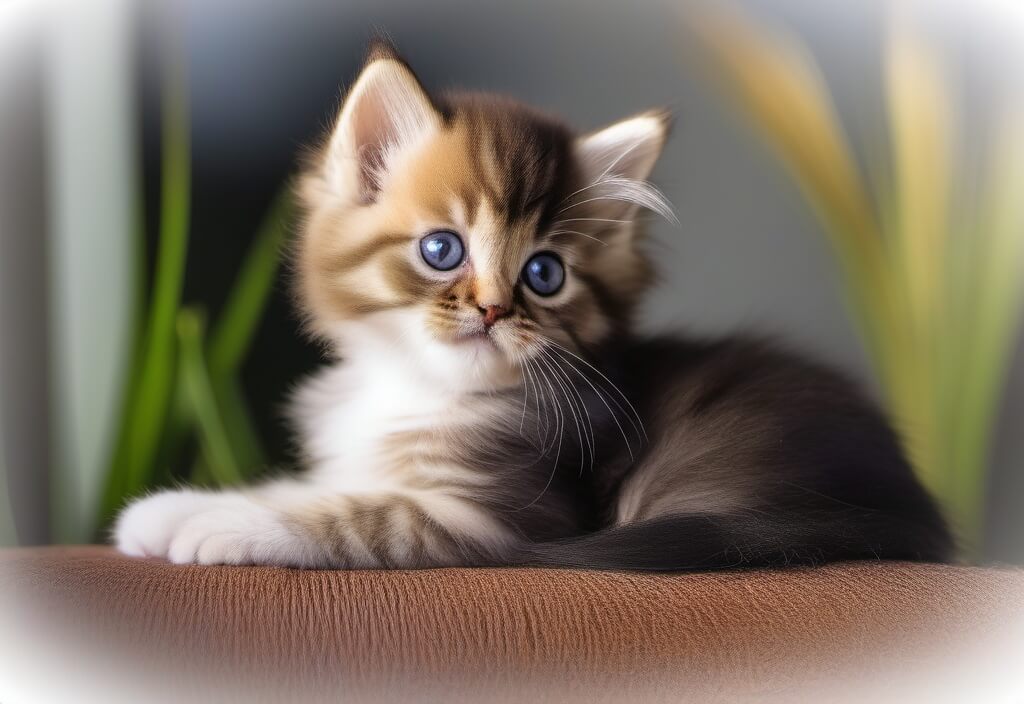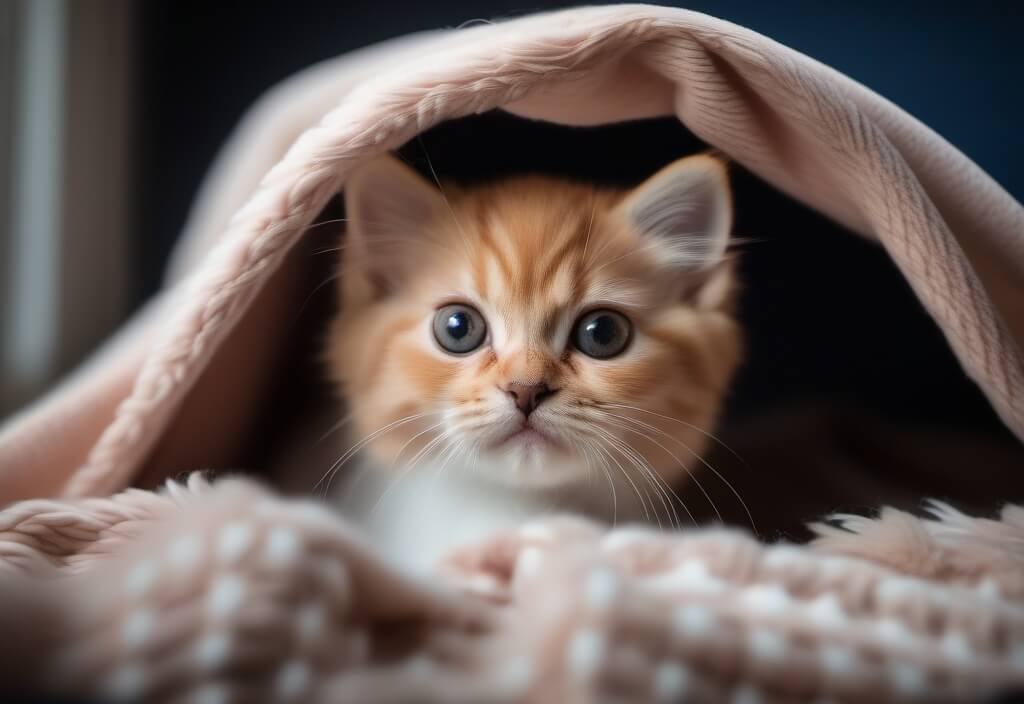What Do Persian Kittens Eat?

Table of Contents
Persian kittens, with their adorable smushed faces and luxurious coats, have unique dietary needs. They thrive on a diet that's a mix of high-quality wet and dry kitten food, packed with all the essential nutrients. But don't worry, we're not leaving you to figure it out all on your own.
Stick around, because we're about to dive into the nitty-gritty of Persian kitten nutrition. From understanding their dietary needs, to choosing the best foods, and even setting up a feeding schedule - we've got it all covered.
Persian Kitten Diet
Feeding your Persian kitten isn't just about keeping their tummy full. It's about understanding their unique dietary needs and potential issues. So, let's dive in and explore the world of Persian kitten nutrition!
Nutritional Needs of Persian Kittens
Persian kittens, like all kittens, are growing rapidly and require a diet rich in protein to support muscle growth and development. But that's not all. They also need a good balance of fats for energy and a shiny, healthy coat.

Vitamins and minerals are also crucial for their overall growth and development. For instance, calcium is essential for strong bones and teeth, while certain vitamins are needed for good vision and a healthy immune system. After all, a well-fed Persian kitten is a happy and healthy one!
Protein, and fats are the pillars of a Persian kitten's diet, but don't forget about the important role of vitamins and minerals!
Common Dietary Issues in Persian Kittens
While Persian kittens are generally hearty eaters, they can sometimes face dietary issues. These can range from food allergies to digestive problems. Food allergies can cause a variety of symptoms, including skin problems and digestive issues, while digestive problems can lead to upset stomachs and irregular bowel movements.
Keep an eye out for any changes in their eating habits or health. If you notice anything unusual, it's always a good idea to consult with a vet.
Keeping a close eye on your Persian kitten's eating habits and overall health can help nip dietary issues in the bud.
Best Foods for Persian Kittens
Feeding your Persian kitten isn't just about keeping their tummy full. It's about understanding their unique dietary needs and potential issues. So, let's dive in and explore the world of Persian kitten nutrition!

Wet Food vs Dry Food
When it comes to feeding your Persian kitten, both wet and dry foods have their pros and cons. Wet food is great for hydration and is often more palatable for kittens.
It's also easier for them to eat, which can be especially important for Persian kittens who may have difficulty eating due to their brachycephalic (flat-faced) nature.
On the other hand, dry food is convenient, less messy, and good for dental health. It can help keep your kitten's teeth clean and is often more economical. A mix of both can provide a balanced diet for your Persian kitten.
It's all about finding the right balance that works for your kitten and their specific needs.
A balanced diet for a Persian kitten can include both wet and dry food, tailored to their specific needs.
Recommended Brands for Persian Kittens
There are many pet food brands out there, but not all are created equal. Look for brands that prioritize high-quality, natural ingredients. Avoid foods with lots of fillers or artificial additives.
Some brands even offer formulas specifically designed for Persian kittens, taking into account their unique dietary needs. The health of your Persian kitten is worth investing in!

It's also worth noting that while a certain brand might be more expensive, they might also be more nutritionally dense, meaning you'll feed less and the bag will last longer.
So, don't just look at the price tag - consider the nutritional value as well.
Choose pet food brands that prioritize high-quality, natural ingredients for your Persian kitten, and consider the nutritional value, not just the price tag.
Feeding Schedule for Persian Kittens
Knowing what to feed your Persian kitten is only half the battle. The other half is understanding when and how much to feed them. A well-planned feeding schedule is crucial for their health and well-being.
How Often to Feed
Young Persian kittens have small stomachs but big energy needs. That's why they need to eat little and often. Typically, kittens under six months should be fed three to four times a day.
Once they're over six months, you can gradually reduce this to two meals a day. But keep in mind that every kitten is different. Some may prefer smaller, more frequent meals, while others may be satisfied with fewer, larger meals.
It's all about observing your kitten and understanding their individual needs.
Feed young Persian kittens three to four times a day, and reduce to two meals a day as they grow older, but always be attentive to their individual needs.
How Much to Feed
As for how much to feed, this can vary depending on their age, size, and activity level. A general rule of thumb is to feed them an amount they can consume in 15 to 20 minutes.

This ensures they're getting enough food, but not overeating. Overfeeding can lead to obesity, which can cause a host of health problems. Persian kittens may require more food per pound of body weight than adult cats due to their rapid growth and development.
So, don't be surprised if your little furball seems to have a big appetite!
Feed your Persian kitten an amount they can consume in 15 to 20 minutes to prevent overfeeding, but keep in mind their rapid growth and development may require more food per pound of body weight than adult cats.
Transitioning to Adult Food
As your Persian kitten grows, their dietary needs will change. That's why you need to know when and how to transition them to adult food. This transition is a significant milestone in your kitten's life, marking the end of their kittenhood and the beginning of their adult life. So, let's explore this topic in more detail.
When to Transition
Typically, Persian kittens should start transitioning to adult food when they're about one year old. But this can vary depending on their individual growth and development. Some kittens may be ready to transition earlier, while others may need a bit more time.
It's always a good idea to consult with your vet to determine the best time to make the switch. They can provide personalized advice based on your kitten's size, weight, and overall health status.
Transition your Persian kitten to adult food around one year of age, but always consult with your vet to determine the best timing based on your kitten's individual needs.
How to Transition
Transitioning your Persian kitten to adult food isn't something that should be done overnight. It's a gradual process that should take place over a period of about one week.
Start by mixing a small amount of adult food with their kitten food, and gradually increase the proportion of adult food over time. This slow transition can help prevent digestive upset and make the change easier for your kitten to accept.

It's also a good opportunity to observe your kitten and see how they react to the new food. If they seem to enjoy it and don't show any signs of digestive upset, you can continue with the transition. If not, it might be worth trying a different brand or type of adult food.
Transition your Persian kitten to adult food gradually over a week to prevent digestive upset and ensure acceptance of the new food.
Conclusion
Feeding your Persian kitten isn't just about filling their bowl with food. It's about understanding their unique dietary needs, providing them with the right nutrients, and setting up a feeding schedule that suits their growth and development.
From the moment they transition from mother's milk to solid food, right up to their switch to adult food, every meal is a step towards their healthy future.
Every Persian kitten is unique. What works for one might not work for another. So, don't be afraid to experiment (within reason) and find what your Persian kitten likes best. After all, a happy kitten is a well-fed kitten!
So, let's have happy, healthy Persian kittens and the joy they bring into our lives. Bon appétit, little ones! And if there's anything else you want to know, feel free to leave a comment below!
